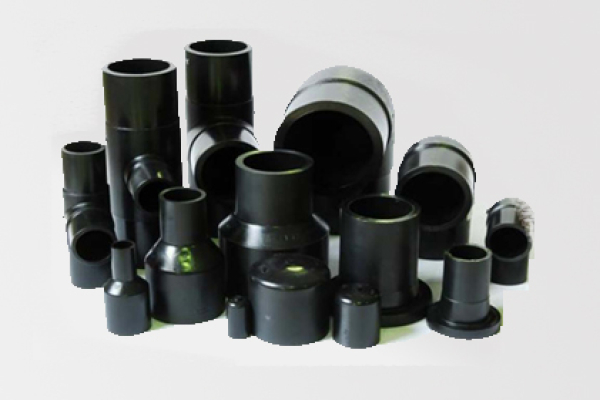
The Role of Butt Fusion Welding Machine in Pipeline Construction
Pipeline construction requires reliable and efficient joining methods to ensure long-term structural integrity. The increasing demand for butt fusion welding machines in the UAE reflects their crucial role in modern pipeline installations. These specialized machines create seamless connections between plastic pipes through a precise heating and fusion process. Understanding how these machines function helps appreciate their significance in creating durable pipeline networks that serve various industries.
Butt Fusion Welding Process
The process begins with precise alignment of two pipe ends in the butt fusion welding machines in the UAE. These machines use heated plates that reach specific temperatures based on the pipe material and thickness. The heating element melts both pipe ends uniformly, creating a molten surface ready for joining. Controlled pressure then brings these melted ends together, allowing the material to fuse at a molecular level. The cooling phase proves equally important, as proper cooling under maintained pressure ensures optimal joint strength.
Importance of Butt Fusion Welding in Pipeline Construction
Pipeline construction projects increasingly rely on advanced welding techniques for superior joint quality. Modern butt fusion welding machines in the UAE offer precise control over critical parameters like temperature, pressure, and fusion time. This precision results in joints that often prove stronger than the original pipe material. The technology particularly excels in joining high-density polyethylene (HDPE) pipes, which see extensive use in water supply, gas distribution, and industrial applications.
Features of a Butt Fusion Welding Machine for Pipeline Applications
Advanced features distinguish modern machines from traditional welding methods.
- Current butt fusion welding machines in the UAE incorporate digital controls for accurate temperature and pressure monitoring.
- Automated alignment systems ensure perfect pipe positioning, reducing human error in the welding process.
- Data logging capabilities allow operators to track and document each weld’s parameters, ensuring quality control and providing valuable documentation for project requirements.
Benefits of Butt Fusion Welding Machine in Pipeline Construction
These machines offer numerous advantages over traditional joining methods.
- The resulting joints resist corrosion and chemical degradation, crucial for long-term pipeline reliability.
- The seamless nature of butt fusion joints eliminates potential leak points commonly found with mechanical connections.
- Operating butt fusion welding machines in the UAE requires minimal consumables compared to other joining methods, reducing ongoing maintenance costs.
- The process creates environmentally friendly connections without harmful emissions or waste materials.
Best Practices for Using a Butt Fusion Welding Machine
Successful pipeline construction depends on proper machine operation and maintenance.
- Regular calibration of heating elements ensures consistent fusion temperatures across projects.
- Clean working environments prevent contamination that could compromise joint quality.
- Proper pipe preparation, including careful cleaning and precise cutting, significantly impacts weld strength.
- Operators should maintain detailed records of machine settings and regular maintenance activities to ensure optimal performance.
Conclusion
The evolution of pipeline construction techniques continues to highlight the importance of reliable joining methods. Modern butt fusion welding machines in the UAE represent a significant advancement in creating durable, leak-free pipeline networks. Their combination of precision control, automated features, and documented quality assurance makes them invaluable tools for construction projects. Understanding proper operation and maintenance practices helps maximize these machines’ benefits while ensuring long-lasting pipeline installations. As construction requirements become more demanding, these machines will continue playing a crucial role in creating robust infrastructure networks.

